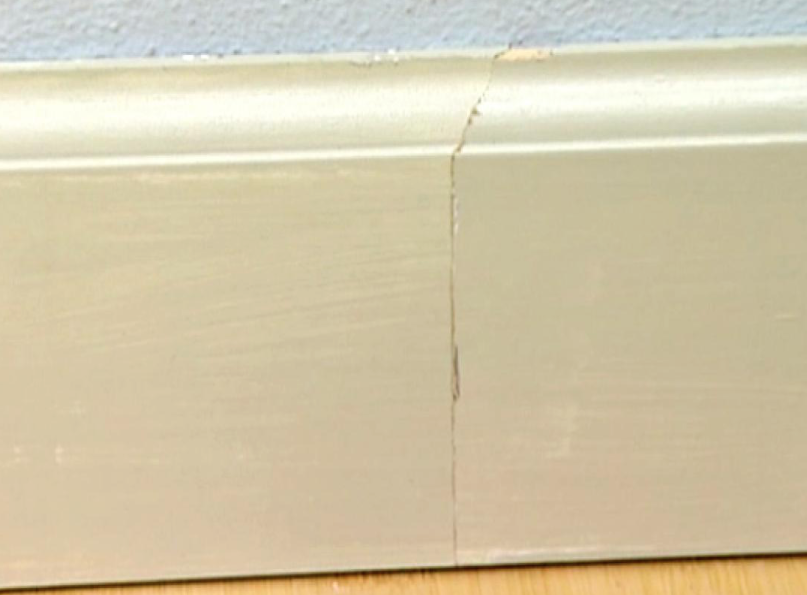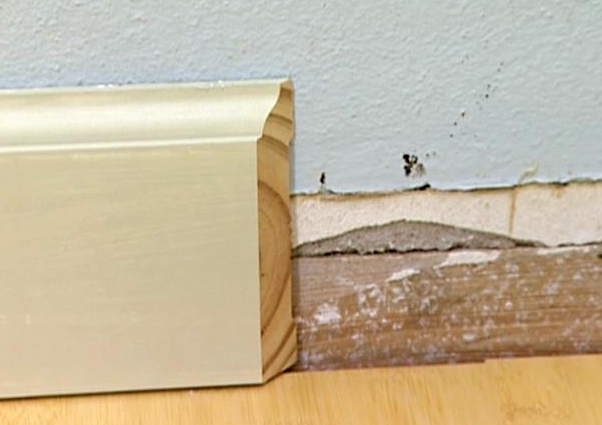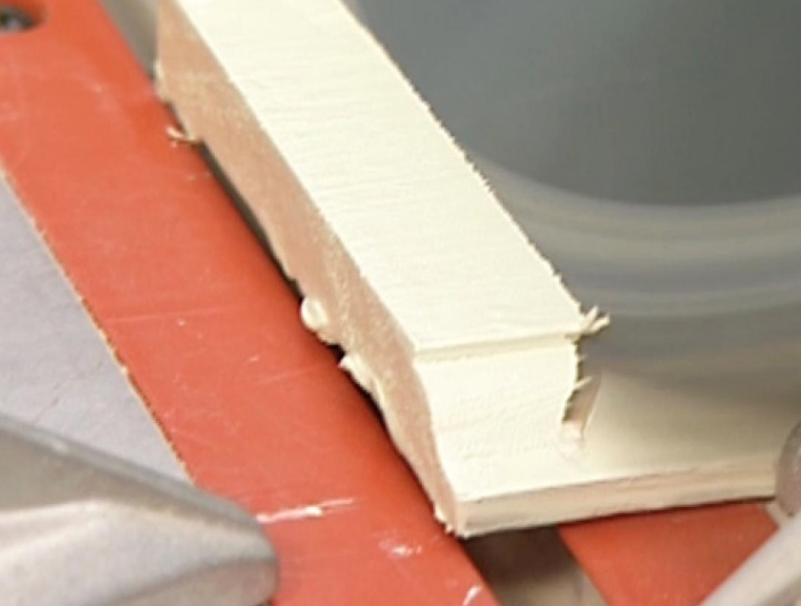- Home | Painting
Every house, grand or humble, deserves quality interior and exterior painting services.
We offer painting services for residential and commercial Interior and exterior customers with lowes possible prices.

With the best products in the market.
- General Renovations
Renovations
BEDROOMS. Bedrooms are the most important place in the house to rest. Freshen up your bedroom with a Read Moore...
BATHROOMS.Bathrooms are one of the most comfortable and expensive spaces to remodel at the... Read Moore...
KITCHENS.The kitchen is often considered the heart of the home. According to real estate experts... Read Moore...
BASEMENTS.Thinking about remodeling your basement? When you decide you are ready to build out Read Moore...
LIVING & DINING ROOMS. Need help reviving your living and dining room? let us know your plan. Read Moore...

FRAMING AND INSULATION. Framing is one of the most exciting phases of the construction process. During the framing phase you will watch the place take shape. Most people get very excited when the framing is done, thinking that the place is almost done. In reality, is only about one-third completeRead more...

GENERAL CONTRACTOR.Hi I'm Danny Aguilera and I'm the General Contractor that build your dream and that dream become true.Read more...
Insulation's ability to slow heat is called its R-value. The higher the number, the better the insulation works to keep heat inside in winter and outside in summer. Filling walls with a fluffy layer of fiberglass insulation is one of the easiest and least expensive ways to make your home more energy efficient.
- General Indoor
General Indoor Construction
- General Outdoor
- General Info
General Information
Danny Aguilera

I'm Proud to bring you the highest quality General Construction Services at affair and most reasonable prices. so, call me today. Cell: (631) 645-0187 Office: (786) 660- 3267 Fax: (516) 234-7779 Read more...____________________________________________________________

One call does it all, why deal with many compnies when you can hire a company that does it all.Read more...



